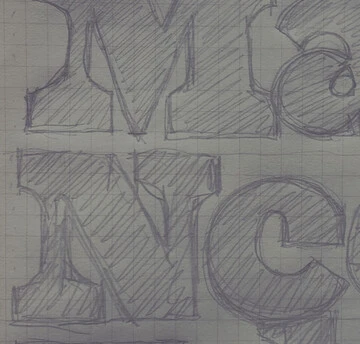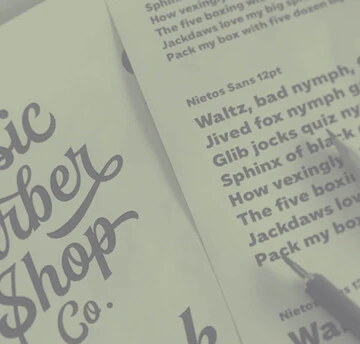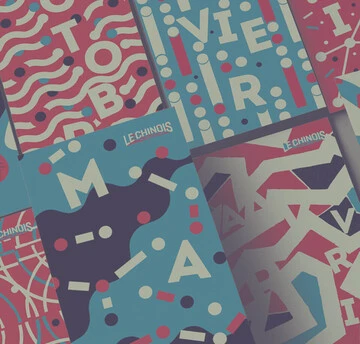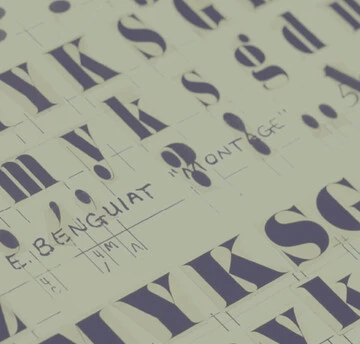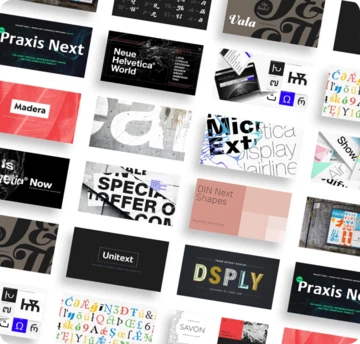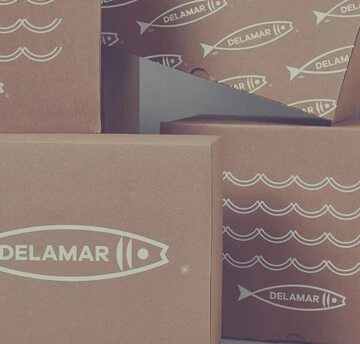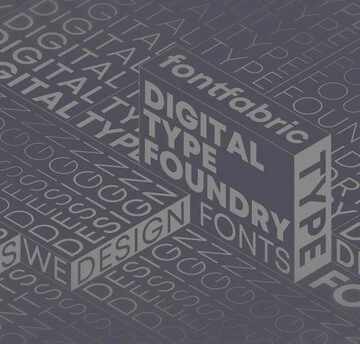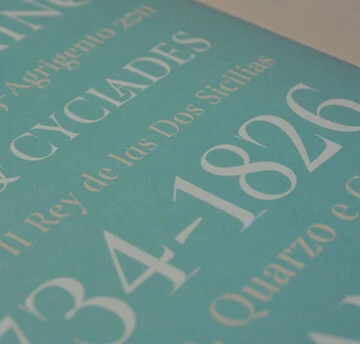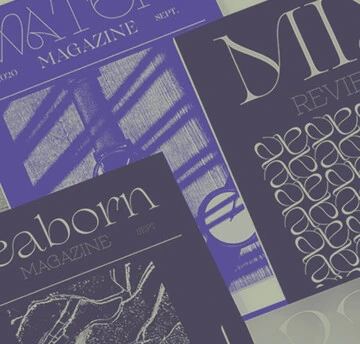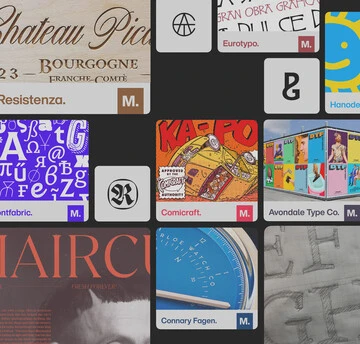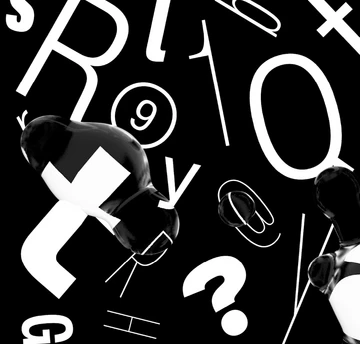Creative matters
Tag: Creative matters
151 articles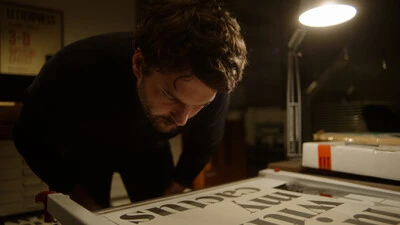
If you’re here, you likely use, appreciate, and maybe even love type. You might have a favorite (or least favorite) font. Like any good piece of art, each font has an origin, a story, and a team of passionate creators that brought it to life. How much do you know about the designers and creators of those letterforms? Hear from some of our favorite designers about how they got started, what inspires their work, and how Monotype helps deliver their designs to your screens.
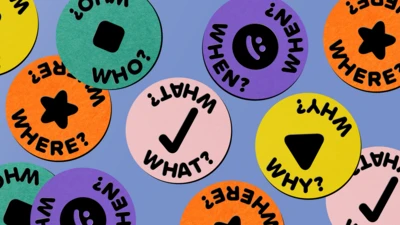
We recently presented our 2023 Type Trends report during a lively, interactive webinar. Our Creative Type Directors and report curators, Emilios Theofanous and Terrance Weinzierl, walked through the projects featured in the report to a global audience of over 1,300 live attendees. There were too many thoughtful questions to answer during the Q&A, so we’ve taken the time to answer them below. Enjoy!

Learn how to take styles from our 2023 Type Trends and apply them to your own designs.
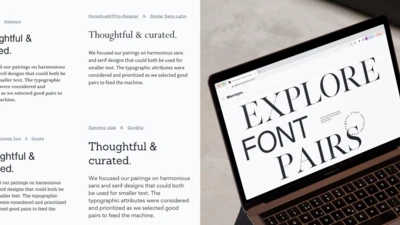
Have you ever cooked a meal at home and been delighted to find the perfect ingredient to complement your recipe? Maybe you forgot you had cilantro, crushed peanuts, or lemon juice, and it’s just the thing you needed to elevate your dish.

When you’re undertaking the daunting, yet important task of determining client font usage, these questions can help get you started. Check them out in the article below.
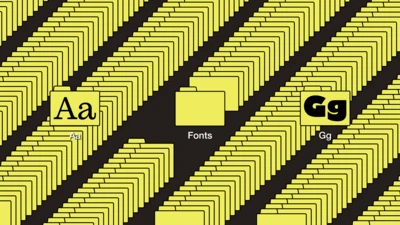
Instead of spending countless hours choosing fonts for agencies, advocate for a cloud-based font solution to save time and money. Lean into your hero role with these solutions.
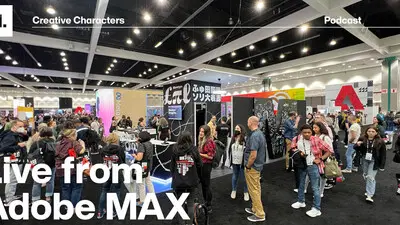
We recently packed up our recording gear and traveled to Adobe MAX, one of the largest creative conferences in the world, to scan people's brains (yes, really) and connect with creatives just like you. Listen to the episode to find out more.
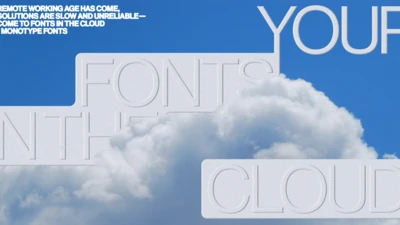
VPNs might be great at protecting your company network, but it’s an outdated way to use and manage fonts. A VPN-powered network slows creative production down and disrupts creators’ workflows, costing your organization time and money.
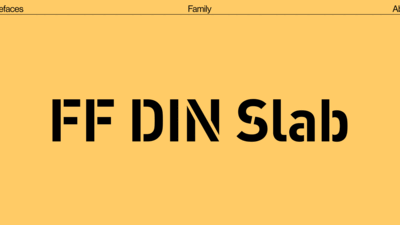
Get your common Monotype Fonts questions answered with our FAQ dedicated to the non-creative. From subscription features to definitions, find out everything you need to know before you sign up.
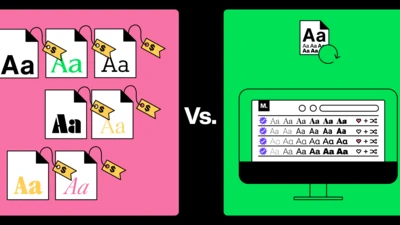
Depending on how you currently manage your fonts, paying for a Monotype Fonts subscription can be an upfront investment that provides a substantial return. But as with anything that requires a yearly fee, it’s natural to wonder whether spending money on a font management tool makes financial sense to your creative team.
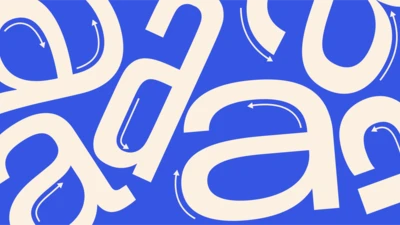
Need help executing your creative typographic vision? The Monotype Fonts support team can help. Find out how.
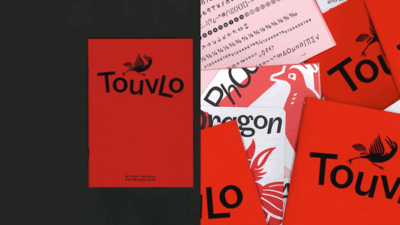
Sustainable design practices can go a long way to designing for good. Learn 4 tips for being more sustainable when you design.
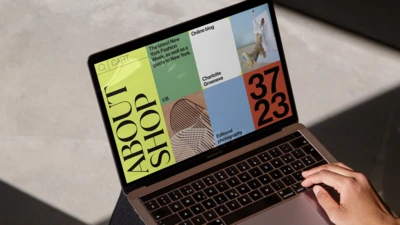
In case you missed it: there have been some major world and culture shifts lately! At the risk of attributing everything to the COVID in the room, the global pandemic has sparked lasting feelings of isolation and a deeper reliance on digital experiences.

It’s that time again. You’re at your desk, and it’s time to begin your new design project. First, you have to choose a font. To begin, you scroll through a list of fonts online and find yourself bombarded by the multitude of options. The number of fonts available is overwhelming. After several hours of researching, you finally find one type family you like, but you’re not sure how it will translate to mobile view. You jump to another option, but wonder if the font style will align with your target consumer.
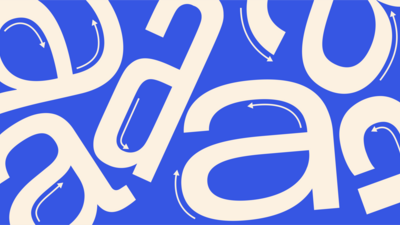
Choosing a font to represent your brand is no easy task. Your brand typeface is a first impression, the visual voice of your brand alongside your logo, colors, and imagery. Fonts carry emotional weight and can carry associations with other brands, content, or products.
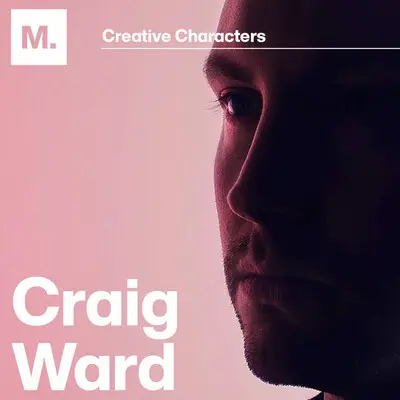
Craig Ward: From metal type to the digital unknown.
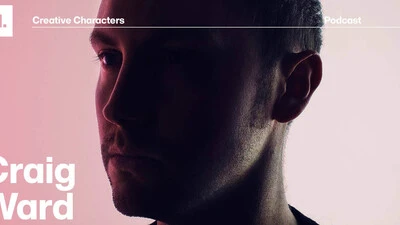
This week, host Charles Nix sits down with Craig to talk about his career, his myriad side projects and quirky pastimes, and how technology could revolutionize the way we use type and ensure the rights of ownership for designers.
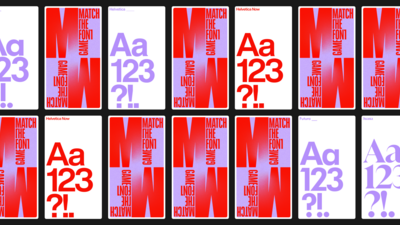
The best way to ensure brand continuity across all customer touchpoints? The consistent use of fonts. But inconsistencies are surprisingly common. Use this guide to find and resolve them.
